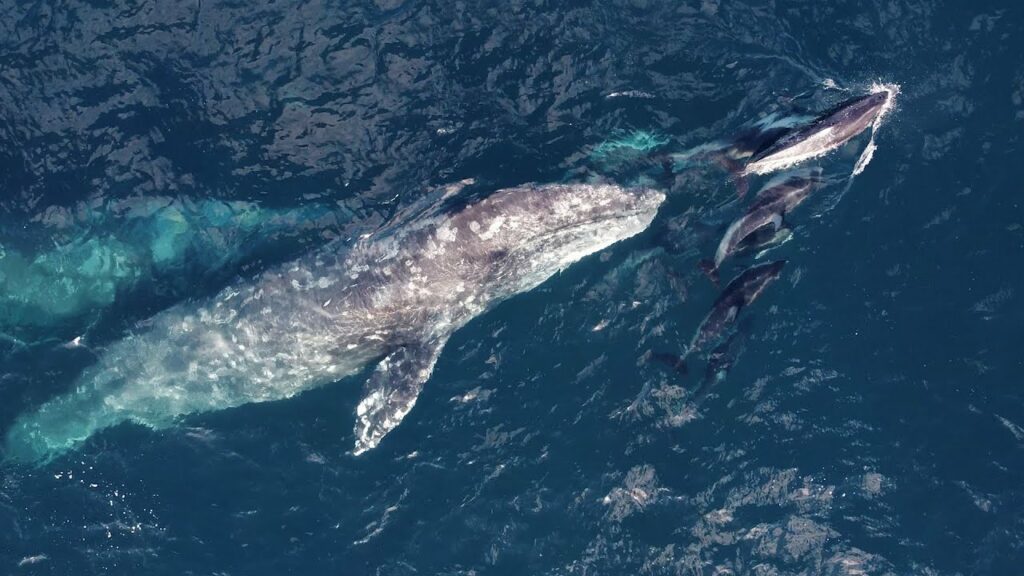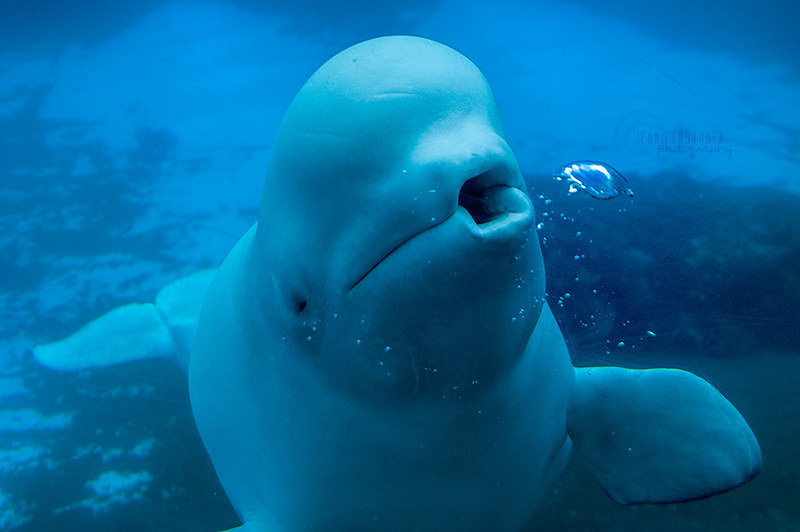Imogen Lucciano, Graduate Student, OSU Department of Fisheries, Wildlife, & Conservation Sciences, Geospatial Ecology of Marine Megafauna Lab.

Since coming back from winter holiday, things have picked back up to my normal pace of GO! and I’ve taken little to no “down time” in my awaken hours. As a grad student who is also a mother to an active 11-year-old daughter and two dogs, my days are packed. Although I do enjoy a life of steady movement and accomplishment, I also need to do “nothing” sometimes, like a recluse who needs to see the sun on occasion. So, this evening I decided that I would have a night of fun and I took my daughter to see a movie. We haven’t been to the movies much since the pandemic started, but it is one of our most beloved things to do. I heard the theatres were like ghost towns since the recent omicron surge anyway, so we showed up and were one of two families there. We picked a comedy and ordered a bucket of popcorn, nachos (no jalapeños, just the cheese), slurpies, soft pretzels, and sour patch kids (I told the cashier to have two wheelchairs ready to haul us out of there post feast). We laughed and sang and by the near end of the movie, I had a moment of self-realization: I felt really relaxed. This epiphany was synaptically followed by thinking about how cetaceans engage in play.
Humans often recognize play through sports or games, and mostly through smiling and the vocalization of laughter. If we’re laughing it usually means that we are not aggressing. From what we currently understand, play in cetaceans has evolved as an ontogenetic behavior in many species for the purposes of developing survival skills (Paulos et al., 2010). This “purpose of play” makes a lot of sense, and I see it in my dogs when they are growling, snapping, tugging rope, and chasing each other in the yard. They are having the time of their lives and certainly not really fighting one another, yet they are also clearly practicing important skills if they were to come across predators or prey in the wild.
Most cetaceans vocalize often, whether in the form of pulsed calls, whistles, screams, songs, clicks or combination calls. The element of play associated with a utilized sound or other behavior opens the door for cetaceans to develop important social relationships among conspecifics, as well as developing crucial survival skills (Paulos et al., 2010). To quantify the vocal signals produced by cetacean species, researchers examine their complex repertoires to understand more about the function of certain sounds made specifically during play (Boisseau, 2004). Bottlenose dolphins provide each other with a distinct signal, pulse whistles that start around 13 kHz and end at around 10 kHz (Fig 1), to tell one another that the behavior they are exhibiting is play rather than aggression (Blomqvist et al., 2005).

Cetacean play is defined as behavior that is spontaneous, intentional, pleasurable, and rewarding (Hill et al., 2017). Although cetacean play is conducted in a relaxed setting when there is no immediate need for survival, it has a role in growth and sociability (Hill et al., 2017). For example, cetaceans participate in interspecies play, where they actively engage with one another for no apparent ecological benefit (excluding periods of symbiotic behavior, such as working together to herd prey). Yet, these periods of interspecies play may suggest that these animals are comfortable practicing for real world situations with one another. Large baleen whales have few predators and thus have opportunities to engage in play with pods of dolphins. In some cases, large baleen whales such as humpback and gray whales will lift smaller mammals out of the water, possibly to practice for maternal care (Hill et al., 2017).

Cetaceans engage in play not only with one another, but as solitary individuals as well. This play (which can occur parallel to conspecifics simultaneously) includes surfing, aerial breaches and leaps, slapping the surface of the water with a fin or tail fluke, and erratic swimming (Paulos et al., 2010). Some cetaceans play with objects they find in the wild. One example being bowhead whales, which are known to balance, sink, and lift logs (Paulos et al., 2010).
Another interesting cetacean play behavior is bubble blowing. Though humpback whales blow bubbles as a means of trapping prey while foraging (Moreno & Macgregor, 2019), beluga whales, particularly females, blow mouth ring bubbles and perform blowhole bursts when engaging in solitary play (Hill et al., 2011). Just for the fun of it. It appears that cetaceans also need to be actively involved in “nothing” sometimes, as there is some good use for it. For me, engaging in play is a way to reset and relax, which is necessary even for those us who gain a lot of pleasure from our accomplishments. As I sit in the desolate theatre connecting with my daughter and nurturing my own needs, I feel completely justified in my relaxing night off. Pass the nachos, please.

Literature Cited
Blomqvist, C., Mello, I., Amundin, M. 2005. An acoustic play-fight signal in bottlenose dolphins (Tursiops truncatus) in human care. Aquatic Mammals, 31 (2), 187-194.
Boisseau, O. 2004. Quantifying the acoustic repertoire of a population: The vocalizations of free-ranging bottlenose dolphins in Fiordland, New Zealand. The Journal of the Acoustical Society of America, 117, 2318-2329. https://doi.org/10.1121/1.1861692.
Hill, H., Dietrich, S., Cappiello, B. 2017. Learning to play: A review and theoretical investigation of the development mechanisms and functions of cetacean play. Learning & Behavior, 45, 335-354. https://link.springer.com/content/pdf/10.3758/s13420-017-0291-0.pdf.
Hill, H., Kahn, M., Brilliott, L., Roberts, B., Gutierrez, C. 2011. Beluga (Delphinaptera leucas) bubble bursts: surprise, protection, or play? International Journal of Comparative Psychology, 24, 235-243.
Moreno, K. & Macgregor, R. 2019. Bubble trails, bursts, rings, and more: A review of multiple bubble types produced by cetaceans. Animal Behavior and Cognition, 6 (2), 105-126. https://www.animalbehaviorandcognition.org/uploads/journals/23/AB_C_Vol6(2)_Moreno_Macgregor.pdf.
Paulos, R., Trone, M., Kuczaj II, S. 2010. Play in wild and captive cetaceans. International Journal of Comparative Psychology, 23, 701-722.
Provine, R. 2016. Laughter as an approach to vocal evolution: The bipedal theory. Psychonomic Bulletin & Review, 24, 238-244. https://link.springer.com/content/pdf/10.3758/s13423-016-1089-3.pdf.

Great article; insightful information